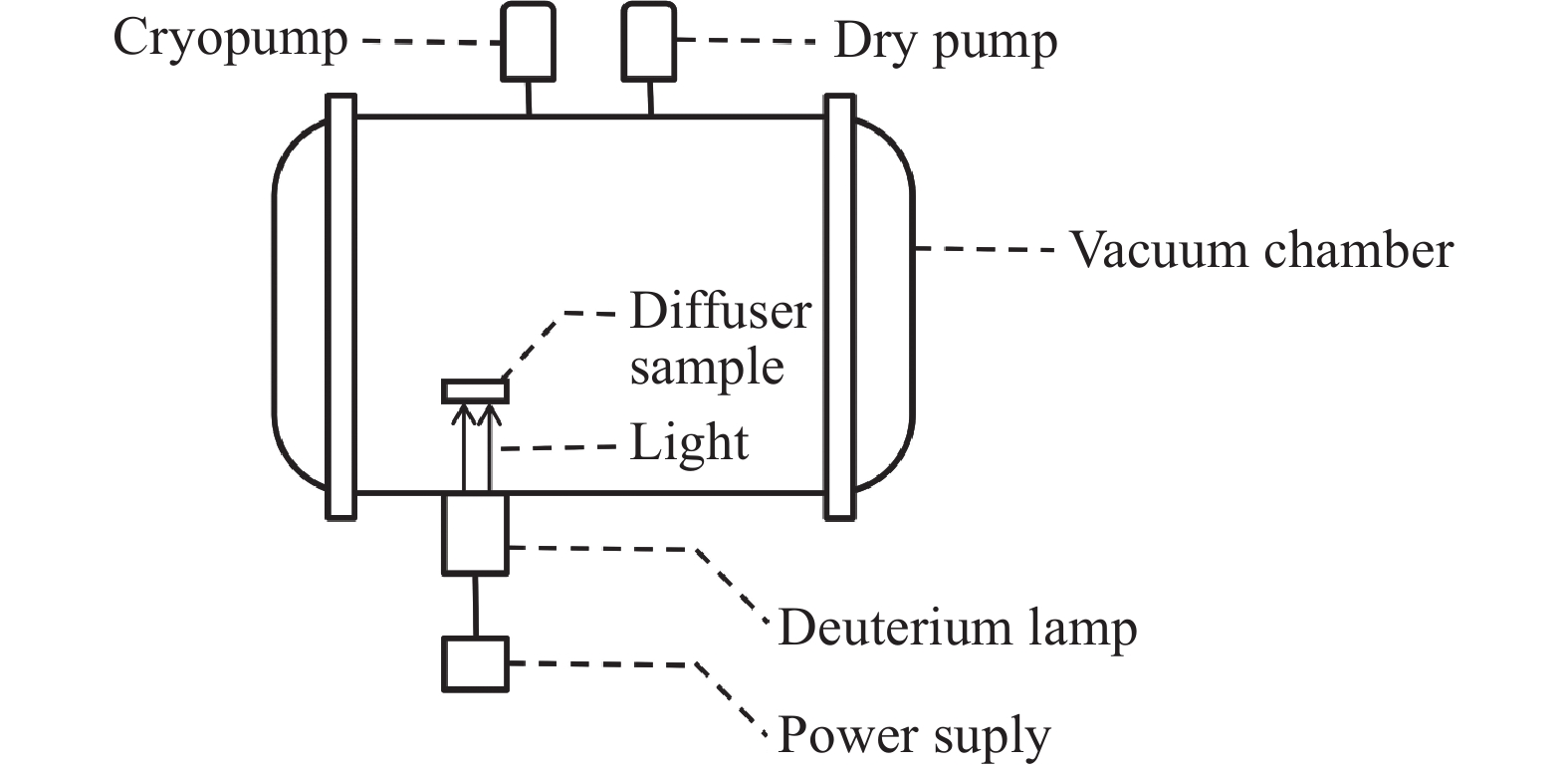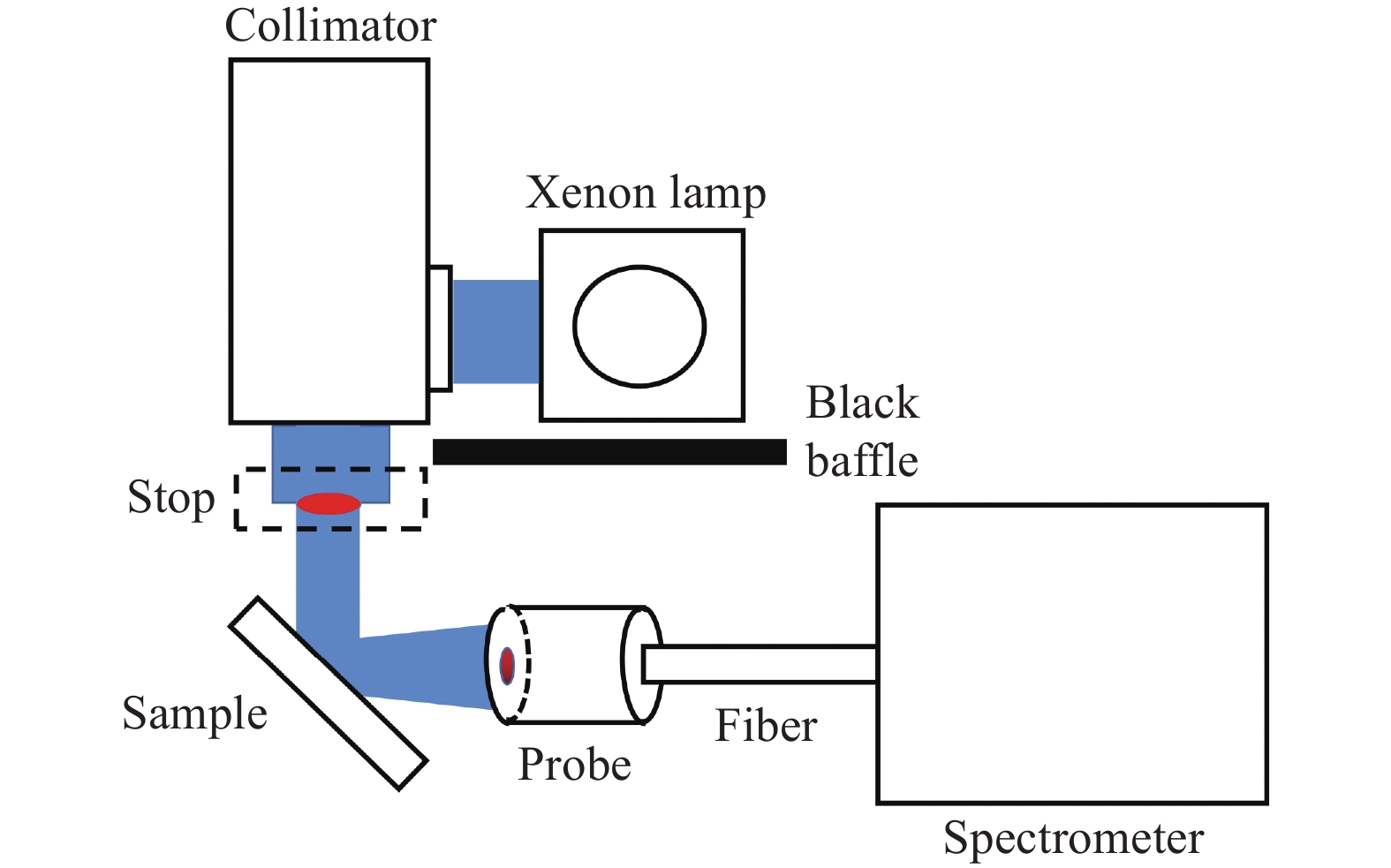-
紫外高光谱探测仪是一台工作于290~500 nm波段的大气临边成像光谱仪,通过对地球临边大气紫外波段后向散射辐射量进行高精度探测,进而反演全球臭氧、二氧化硫、二氧化氮总量及气溶胶等垂直分布信息。为保证在轨长期探测精度,紫外高光谱探测仪采用了“太阳+漫反板”的在轨辐射定标方案。太阳漫反板作为在轨定标的关键元件,其漫反射朗伯特性及其辐照衰减特性很大程度上决定了在轨长期定标精度[1-3]。
国内外常用的星载太阳漫反板有铝制漫反板、聚四氟乙烯基的Spectralon漫反板和石英体积漫反板(QVD),广泛应用于太阳后向散射紫外光谱仪(SBUV)、大气环境吸收扫描制图仪(SCIAMACHY)、臭氧监测仪(OMI)、紫外臭氧垂直探测仪(SBUS)、全球臭氧监测实验2号(GOME-2)、中分辨率成像光谱仪(MODIS)、对流层监测仪(TROPOMI)与大气痕量气体差分吸收光谱仪(EMI)等空间载荷,具有较好的太空继承性[4-13]。铝制漫反板在空间载荷的应用历史最为悠久,其漫反射特性略差,但具备一定真空紫外辐照衰减抗性 [14-15]; Spectralon漫反板具有良好的朗伯特性,但由于其随存放时间可能造成的紫外波段衰减,一般不建议用于波低长于400 nm的星载仪器,其典型应用于MODIS载荷[16];QVD漫反板以其小光谱特征与良好的漫反射特性,自OMI载荷升空后常与铝制漫反板同用于卫星载荷[7-8]。石英材料漫反板在遥感仪器中的应用推动工业界尝试提高石英材料的朗伯散射质量,诸多石英米氏散射板以其卓越的漫反射特性而受到研究关注。 Heraeus公司制造的HOD材料是在高温下烧结高纯度熔化硅形成的,均匀带有微米级的以小泡作为散射中心的新型材料,由此制成的高纯度不透明熔融石英HOD漫反板亦为一种米氏散射板, Lemaillet P与Patrick H J等人已对新型材料HOD漫反板在0°入射时在波长为543.5 nm和632.8 nm激光光源照明下的半球反射率与透射率以及在0°入射时在波长为532 nm激光光源照明下的双向反射分布函数(BRDF)与双向透射分布函数(BTDF)进行比对测试,表明HOD漫反板在532 nm处有良好的漫射特性 [17-20]。
文中针对紫外高光谱探测仪的在轨定标需求,开展了新型HOD漫反板与传统铝制漫反板的漫反射朗伯特性及其辐照衰减特性的比对测试,结果表明,新型HOD漫反板在紫外波段的性能明显优于传统铝制漫反板,为后续星载紫外遥感仪器的在轨太阳定标漫反板选型提供了借鉴与参考。
-
BRDF定义为物体表面反射的光谱辐亮度与入射到表面的光谱辐照度之比:
式中:
$ {\varphi _i} $ 表示入射光的方位角;$ {\theta _i} $ 表示入射光的天顶角;$ {\varphi _r} $ 表示出射光的方位角;$ {\theta _r} $ 表示出射光的天顶角;$ \lambda $ 表示波长;$ {E_i}({\varphi _i},{\theta _i};\lambda ) $ 表示入射辐照度;$ {L_r}({\varphi _i},{\theta _i};{\varphi _r},{\theta _r};\lambda ) $ 表示出射辐亮度。考虑一个维度方向,当天顶方向固定为零时,平行光从不同方位角度入射,在物体表面产生的光谱辐照度为:
式中:
$ {E_i}({\varphi _i},0;\lambda ) $ 表示天顶方向角度为零的入射辐照度;$ {E_i}(0,0;\lambda ) $ 表示方位与天顶方向角度皆为零的入射辐照度,即正入射时的光谱辐照度。漫反射朗伯体向平面孔径角为
$ u $ 的立体角范围内反射出的光谱辐射通量为:式中:
$ {L_r}({\varphi _i},0;{\varphi _r},{\theta _r};\lambda ) $ 为反射光谱辐亮度;$\text dA$ 为探测器视场内漫反射朗伯体面元面积;$ u $ 为探测器相对于漫反射朗伯体表面的孔径角。探测仪器与漫反射朗伯体的相对位置不变时,探测器视场内漫反射朗伯体面元面积
$\text dA$ 与探测器相对于漫反射朗伯体表面的孔径角$ u $ 为定值,则此时漫反射朗伯体反射光谱辐亮度$ {L_r}({\varphi _i},0;{\varphi _r},{\theta _r};\lambda ) $ 与其反射光谱辐射通量$ \phi ({\varphi _i},0;{\varphi _r},{\theta _r};\lambda ;u) $ 呈线性关系;又因探测器具有较好的线性响应,辐射通量所引起的响应值$ DN({\varphi _i},0;{\varphi _r},{\theta _r};\lambda ) $ 可表征辐射通量,所以漫反射朗伯体反射光谱辐亮度$ {L_r}({\varphi _i},0;{\varphi _r},{\theta _r};\lambda ) $ 可由探测器响应值表征,即:式中:
${{k}}$ 为比例系数。漫反射朗伯体辐射出射度表示为:
式中:
$ \rho (u) $ 对应孔径角$ u $ 的立体角的反射率。结合公式(3)和公式(5)可知漫反射朗伯体受到的辐照度与出射辐亮度的关系为:
探测仪器与漫反射朗伯体的相对位置不变时,孔径角
$ u $ 与对应立体角的反射率$ \rho (u) $ 皆为常数,漫反射朗伯体受到的辐照度$ {E_i}({\varphi _i},0;\lambda ) $ 与出射辐亮度$ {L_r}({\varphi _i},0;{\varphi _r},{\theta _r};\lambda ) $ 呈线性关系,即此时漫反射朗伯体BRDF为常数。此时,漫反板所受光谱辐照度与出射光谱辐亮度的线性度可评估漫反板漫反射朗伯特性。结合公式(2)、(4)、(6)可知,不同方位角平行光入射至漫反射朗伯体,在固定位置观测时,探测器的响应值与正入射时的响应值呈余弦关系,即
式中:
$ DN(0,0;{\varphi _r},{\theta _r};\lambda ) $ 表示正入射时探测器响应值。此时,漫反板漫反射朗伯特性的评估指标所受光谱辐照度与出射光谱辐亮度的线性度表现为不同角度入射至漫反板在固定位置探测器的响应值的余弦性。
-
测量样品为两块铝制漫反板与一块HOD漫反板小样,如图1所示,从左到右依次为1号铝制漫反板、2号铝制漫反板与1号HOD漫反板。
-
漫反射朗伯特性测量装置示意图如图2所示。使用氙灯作为光源,经平行光管准直和光阑限制光束后,照射漫反板样品,用CAS140 CT-152型光谱仪在固定方向接收信号,测量光谱辐射的相对值。为能调节入射光的角度,漫反板样品与CAS140 CT-152光谱仪的探头都固定在步进电机控制的转台上,转台可控制一个空间维度的角度变化。装置中使用的是反射式的平行光管,黑色挡板将氙灯与光谱仪的探头隔开,减小杂散光对测量的影响。装置搭建过程中,需确保平行光照射在漫夹持器反板中心,并且漫反板夹持器中心与圆形转台中心重合,方能保证在转动过程中平行光始终照射在漫反板中心,同时需保证从漫反板反射的光充满光谱仪探头的视场。以2号铝制漫反板作为测量装置稳定性监测样板,在相对角度0°、10°、−10°、20°与−20°下验证其重复性,漫反射特性测量装置重复性如表1所示,其重复性总波动为1.27%。
Relative angle/(°) Repeatability ratio range Repetitive fluctuation −20 1.0000-1.0062 0.62% −10 1.0045-0.9974 0.71% 0 0.9971-1.0043 0.72% 10 0.9944-1.0033 0.71% 20 0.9935-1.0019 0.74% Total 0.9935-1.0062 1.27% Table 1. Repeatability of the measurement device for diffuse reflection characteristics
漫反射朗伯特性测量实验中,分别对1号铝制漫反板与1号HOD漫反板进行测量,测量时操作步进电机控制转台每间隔5°进行一次测量,测量相对角度范围为−20°~30°,总角度间隔为50°。对实验中的相对角度进行测量,得到相对角度0°对应的实际角度为32°,所以漫反射朗伯特性测量实验中的实际角度为12°~62°。
-
图3和图4给出了漫反射特性实验中对1号铝制漫反板和1号HOD漫反板在290~500 nm附近间隔约10 nm处探测器的响应值DN对其各自最大值进行归一化处理后的值。为了更加直观地展现两种漫反板的漫反射朗伯特性,选取290 nm附近数据将图3和图4中12°的归一化响应数值乘以cos(12°),然后将所得的数值与余弦函数作差,得到余弦偏差量,所得结果如图5所示。
由图3、图4中各波长曲线的重合度可知,铝制漫反板的波长依赖性略小于HOD漫反板。由图5中290 nm附近余弦偏差数据可知,HOD漫反板在62°的朗伯特性偏差约为10%,而铝制漫反板的朗伯特性偏差约为40%。图5中,12°下余弦偏差为0%是因为在该角度下进行归一化处理,此朗伯特性偏差结果亦为相对结果,目标在于对两种漫反板的余弦特性进行定性比较分析。结合图3、图4中各波长下的响应曲线的趋势与图5中290 nm附近的余弦偏差不难得出结论:小角度下HOD漫反板与铝制漫反板皆表现出良好的漫反射特性,但大角度下HOD漫反板的方向特性明显优于铝制漫反板,因此HOD漫反板的漫反射朗伯特性明显优于铝制漫反板。
-
辐照衰减特性测量装置包括真空紫外辐照装置与反射率测量装置。其中,真空紫外辐照装置由真空紫外模拟光源和无油高真空系统组成。真空紫外模拟光源使用德国联邦物理技术研究院(PTB)标定的氟化镁窗口标准氘灯,其在紫外有较强的光谱强度。无油高真空系统包括干泵、低温泵以及真空室。真空紫外辐照装置如图6所示。
反射率测量装置用来获取漫反板经紫外辐照前后的反射率衰减状况,其简图如图7所示,与漫反射朗伯特性测量装置一样,使用氙灯作为光源,经平行光管准直和光阑限制光束后,照射漫反板样品,用CAS140 CT-152型光谱仪在固定方向接收信号,测量光谱辐射的相对值。反射率测量装置搭建完成后对其进行重复性实验,对采集样品原位、左移、右移与翻转的数据,验证装置的重复性。以2号铝制漫反板作为测量装置稳定性监测样板,其结果如图8所示,测得的反射率测量装置重复性波动小于1.32%。
紫外高光谱探测仪预期在轨工作寿命八年,每月定标一次,每次定标按20 min计算,总辐照时间为32 ESH。根据ASTM E490-00a标准的太阳120~200 nm光谱辐照度数据,太阳紫外光谱与氘灯光谱辐射分布,利用PTB标定的氘灯辐射强度数据可以计算出209 mm位置的光谱辐照度,在120~200 nm氘灯辐照度约等效为太阳辐照度的29.3倍,即氘灯辐照66 min即可达到太阳辐照的真空紫外辐照剂量。
辐照衰减特性测量实验中先用反射率测量装置对1号铝制漫反板和1号HOD漫反板的反射率进行测量,再将漫反板放置在真空紫外辐照装置的真空室中距离标准氘灯209 mm处,使用标准氘灯照射漫反板漫反板样品66 min后取出样品。依次对1号铝制漫反板和1号HOD漫反板进行真空紫外辐照。最后对32 ESH真空紫外辐照后的1号铝制漫反板和1号HOD漫反板再次进行反射率测量。
-
图9给出铝制漫反板与HOD漫反板经32 ESH真空紫外辐照前后在仪器探测波段内反射率衰减状况。由铝制漫反板与HOD漫反板经紫外辐照后在290~500 nm的反射率衰减情况可知,在该波段内真空紫外辐照对铝制漫反板和HOD漫反板均有影响,主要表现在紫外波段,且波长越短,影响越大,该波段范围内的最大衰减都在最小波长290 nm处,其中铝制漫反板衰减约10%,HOD漫反板衰减约7.5%。HOD漫反板的紫外辐照衰减总体小于铝制漫反板。石英材料在真空紫外辐照后的衰减主要可能来自其硅氧键的断裂、石英材料所含杂质在真空紫外辐照下的变性或表面污染物附着,对于HOD漫反板而言,一方面其是由高纯度熔融二氧化硅组成,杂质含量极低,因此几乎没有杂质变性的影响;另一方面与以表面为漫射面的铝制漫反板不同,其是以内部微米级小气泡作为散射中心,表面污染物附着对其影响有待进一步考量,而真空紫外辐照下产生硅氧键的断裂在熔融石英内部产生缺陷中心的吸收可能是紫外波段衰减的主要因素。
-
漫反射朗伯特性测量装置与反射率测量装置的测量不确定度主要来源与其相对不确定度贡献预估如表2所示,其中角度测量允许0.5°误差,引起不确定度小于0.9%,光谱仪杂散光小于10−4,分配不确定度为0.1%,光谱仪信噪比大于20 dB,贡献不确定度为1%。漫反射朗伯特性测量装置与反射率测量装置测量信号重复性波动分别为1.27%与1.32%,分配不确定度为1.32%。反射率测量装置与漫反射朗伯特性测量装置的合成标准不确定度为2.02%。
Sources of uncertainty Relative uncertainty contribution Xenon lamp stability 0.5% Angle measurement error 0.9% Spectrometer response nonlinearity 0.5% Spectrometer signal-to-noise ratio 1.0% Spectrometer stray light 0.1% Repeatability of measuring device 1.32% Combined uncertainty 2.02% Table 2. Measurement uncertainty of device
-
针对紫外高光谱探测仪在轨太阳定标漫反板的实际应用需求,通过不透明熔融石英材料HOD漫反板与传统铝制漫反板的漫反射朗伯特性与辐照衰减对比测量实验,表明在290~500 nm波段范围内,入射角12°~62°范围内测量两种漫反板的漫反射特性,铝制漫反板表现出比HOD漫反板更小的波长依赖性,但各波长下HOD漫反板的余弦特性皆明显优于铝制漫反板,在290 nm附近HOD漫反板的最大余弦偏差比铝制漫反板低30%,且HOD漫反板最大衰减比铝制漫反板低2.5%,HOD漫反板显示出比铝制漫反板更优的漫反射朗伯特性以及更好紫外辐照衰减抗性。因此,新型材料HOD漫反板作为紫外波段星载仪器定标漫反板有助于星载仪器的长期高精度定标。
Diffuse reflection characteristics measurement of new type spaceborne solar calibration diffuser in ultraviolet band
doi: 10.3788/IRLA20220339
- Received Date: 2022-05-18
- Rev Recd Date: 2022-07-11
- Publish Date: 2023-01-18
-
Key words:
- HOD diffuser /
- aluminum diffuser /
- on orbit instrument /
- radiation attenuation /
- diffuse reflection Lambertian characteristics
Abstract: The Lambertian diffuse reflectance characteristics of the spaceborne solar calibration diffuser and its radiation attenuation characteristics directly determine the long-term accuracy and stability of the on-orbit radiation calibration of space remote sensing instruments. In order to effectively improve the on-orbit radiation calibration accuracy of spaceborne ultraviolet hyperspectral detection instruments, based on the introduction of commonly used solar calibration diffuse reflector materials in the field of space remote sensing, a new type of ultraviolet wavelength diffuser material is proposed: high purity opaque fused silica material HOD, and the diffuse reflection Lambertian characteristics and radiation attenuation characteristics of the new high purity opaque Fused silica HOD diffuser and the traditional aluminum diffuser are compared by testing. The results show that after 32 equivalent solar hours (32ESH) of vacuum ultraviolet irradiation, the attenuation of the high purity opaque Fused silica HOD diffuser at the wavelength of 290 nm is 7.5%, which is better than 10% of the traditional aluminum diffuser. And the Lambertian maximum cosine deviation of the traditional aluminum diffuser around 290 nm is about 40%, while the high purity opaque Fused silica HOD diffuser is about 10%. Therefore, the diffuse reflection characteristics of the new high purity opaque Fused silica HOD diffuse reflector in the ultraviolet band are better than those of the traditional aluminum diffuser. The high purity opaque Fused silica hod diffuser has better diffuse reflection Lambertian characteristics and stronger vacuum ultraviolet radiation attenuation characteristics, so it can improve the long-term accuracy of the on-orbit radiometric calibration of space ultraviolet remote sensing instruments.



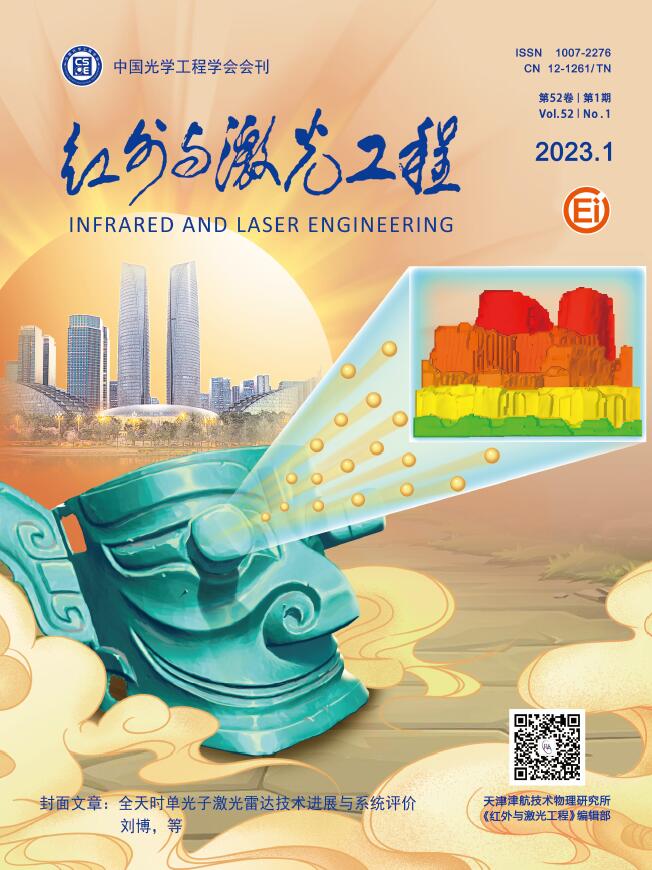
































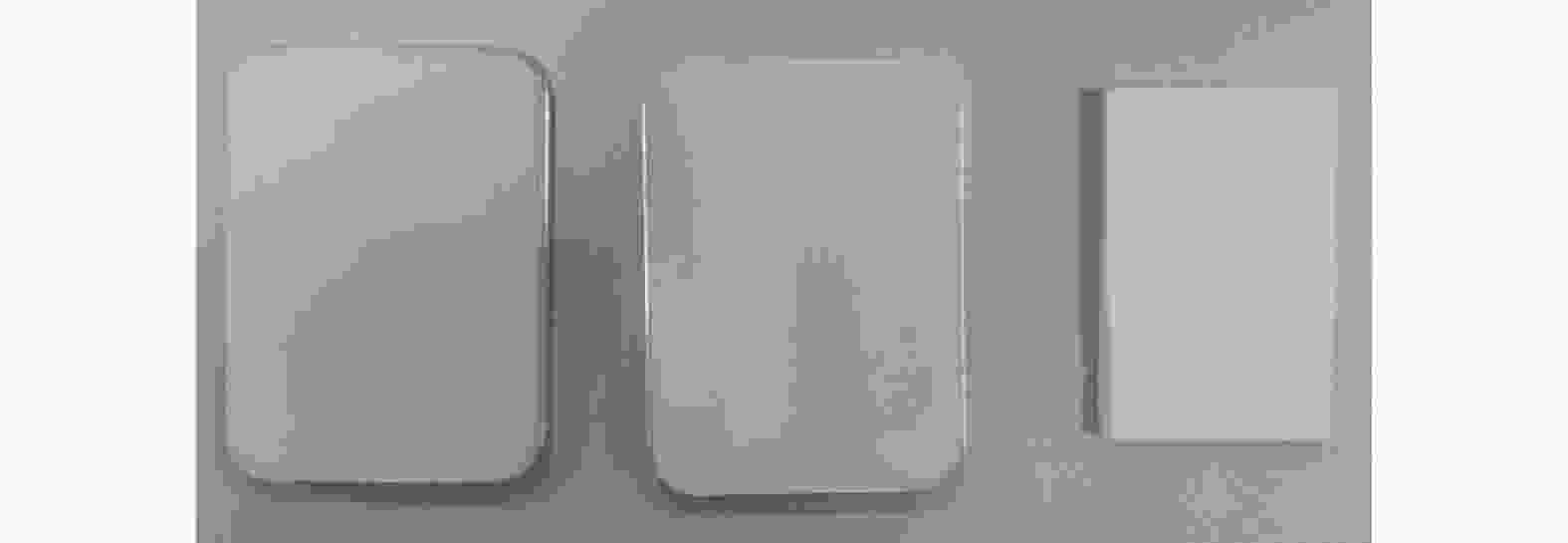

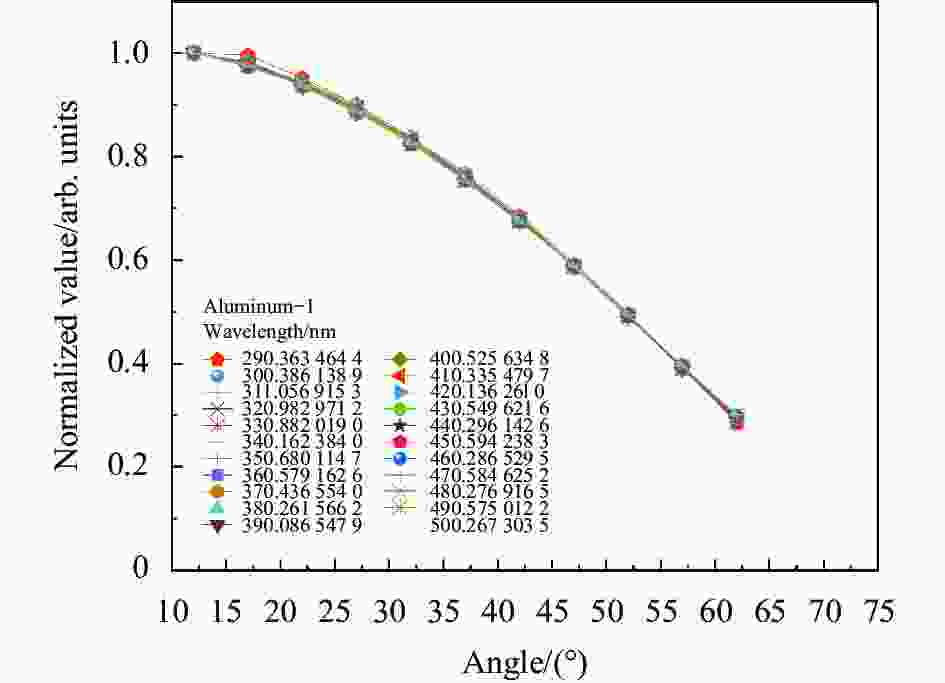

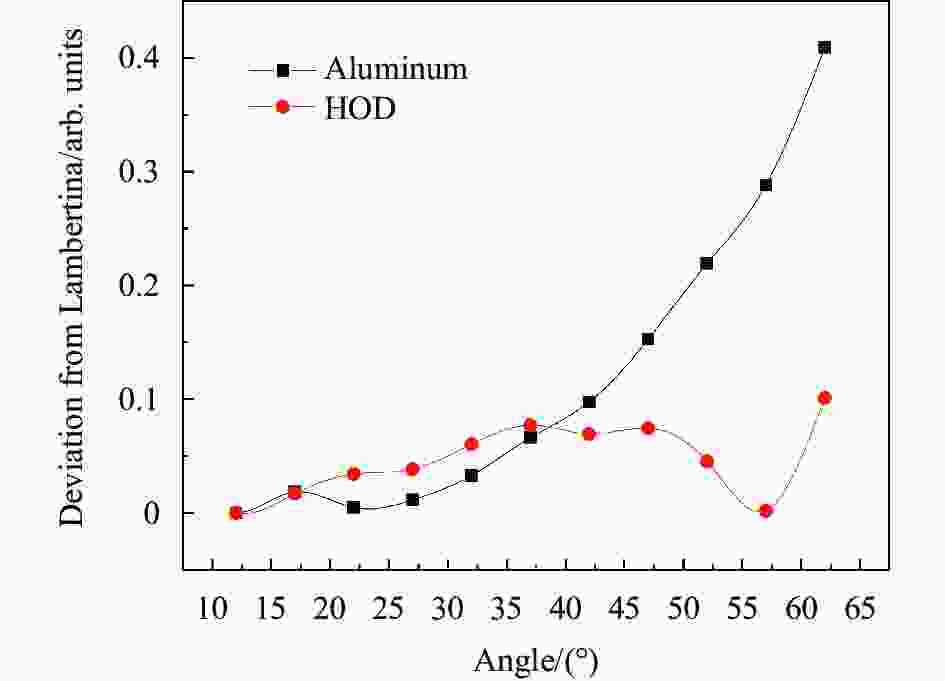
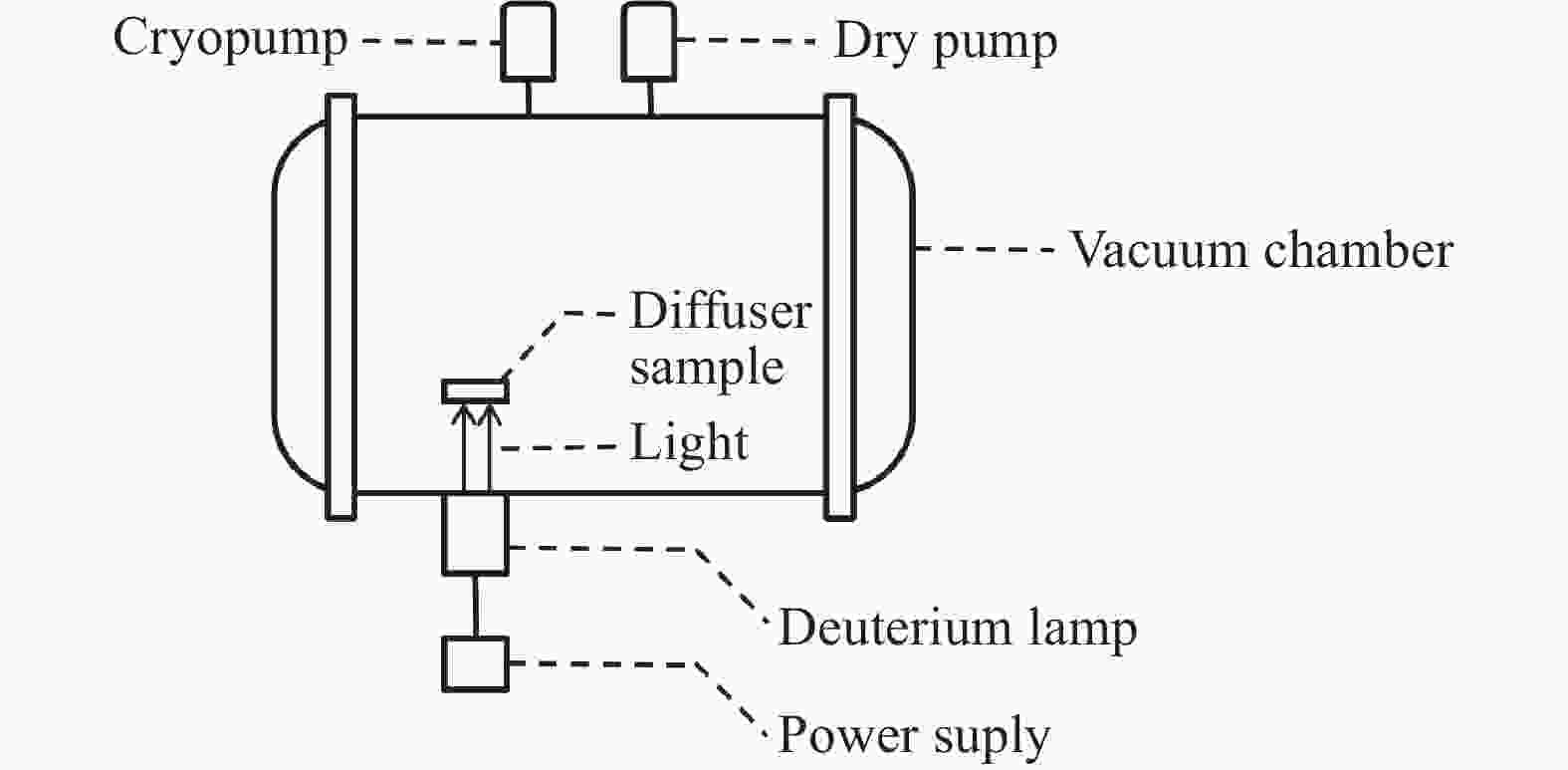

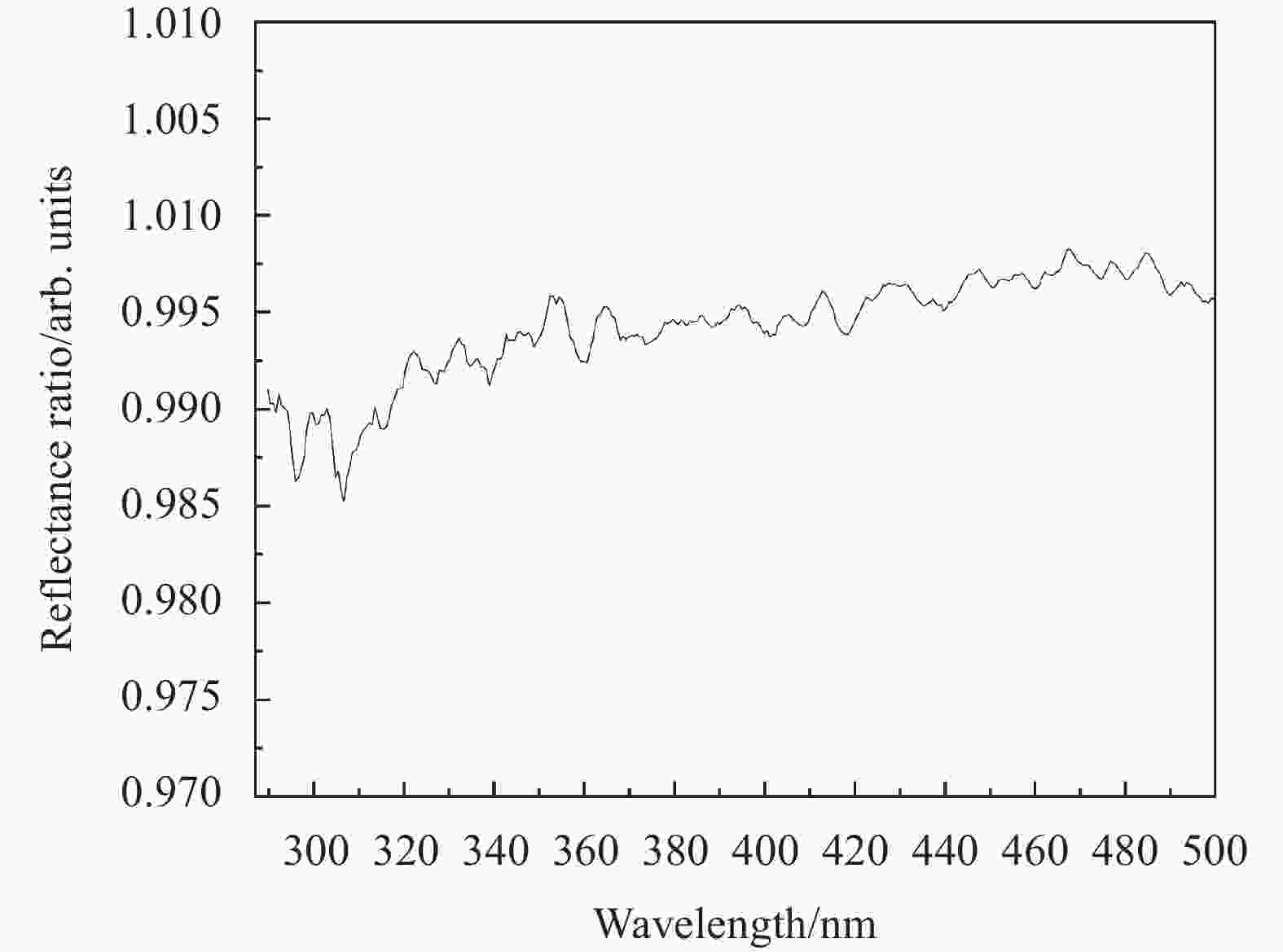
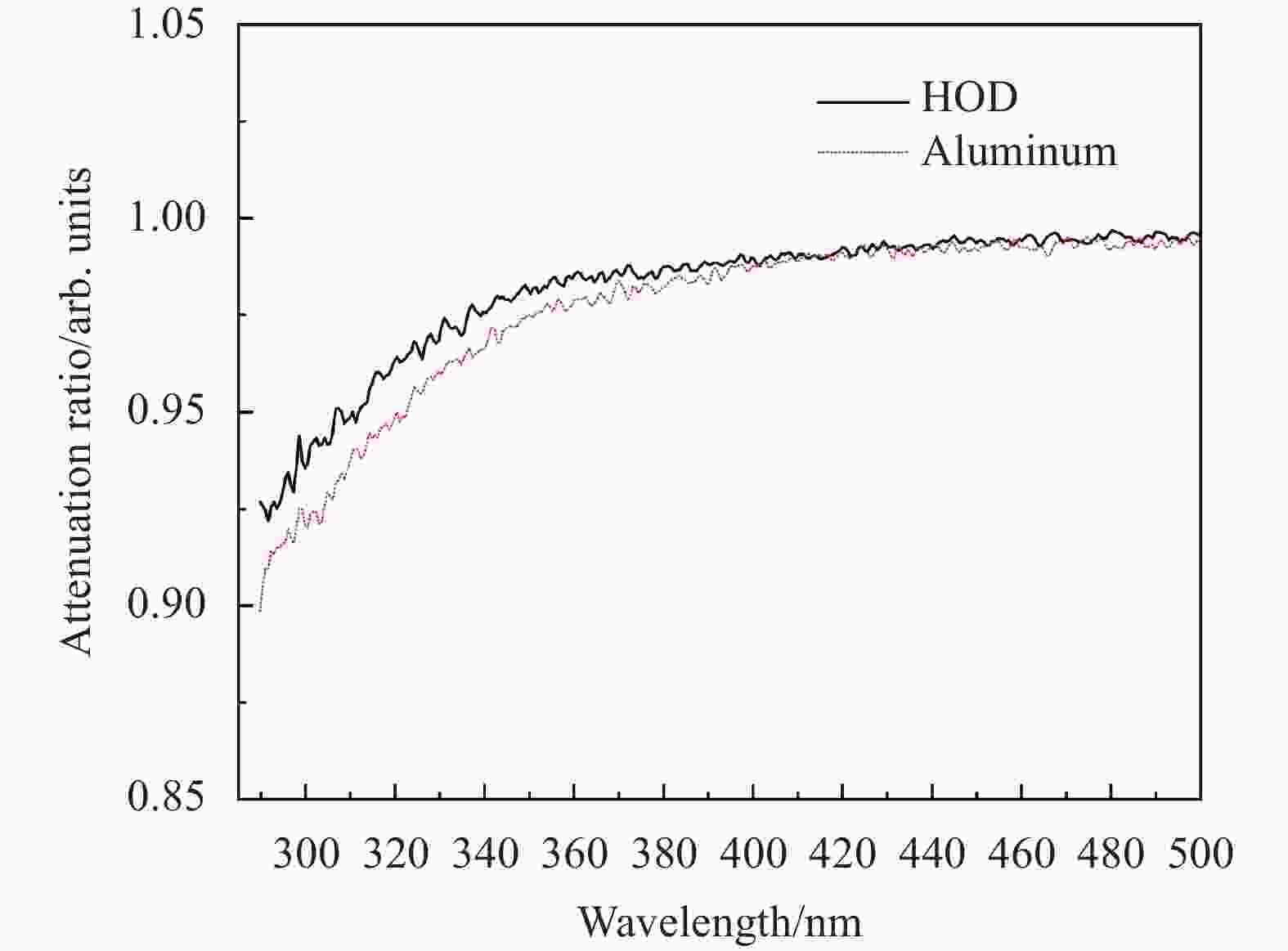

 DownLoad:
DownLoad:




